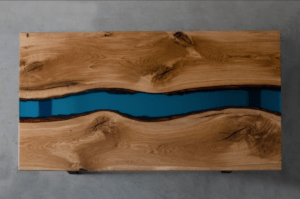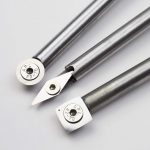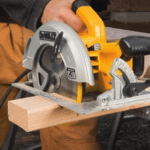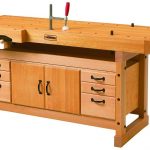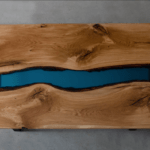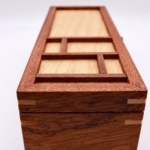I’ve been wanting to get into making dovetails for a long time now, and I picked up the Suizan Dozuki saw, commonly referred to as the “Japanese Dovetail saw,” because I’ve fallen in love with Japanese pull-saws recently.

It costs between $25 – $38 on Amazon and is the second Japanese saw I own. The first, and also the one that I use for almost 90% of my cuts, is the Suizan Ryoba saw. The Ryoba is just not meant for fine cuts, although I admit to seeing videos of really experienced woodworkers getting along just fine with it.
The first thing I noticed is how clean and well-finished the Suizan Dozuki saw was. Someone took the time to make sure it has zero dirt, dust, and grime. You can see how fine the teeth are, and none of them were even slightly damaged after the 1,000-mile shipping adventure.
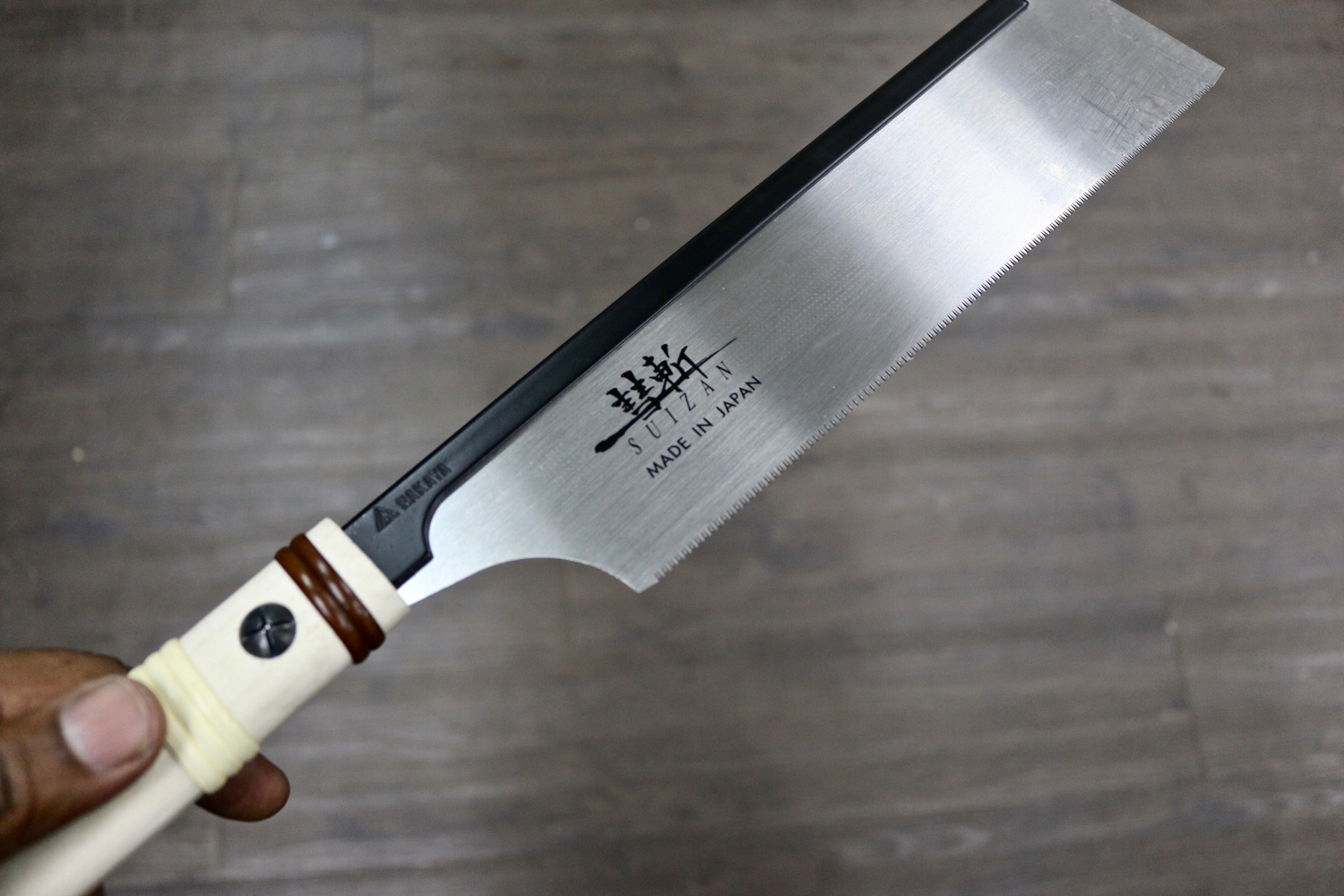
I picked up the 9.5-inch version because bigger is better, right? You could also opt for a smaller 6-inch Dozuki saw. Included was a beautiful and straightforward pamphlet about Suizan, and the type of saws they make.

Some fun fact about the Suizan Dozuki Saw:
- It is a pull-saw, that cuts wood as you pull the saw towards your body. Western-style saws, on the other hand, work on the push-stroke.
- A pull-saw is supposed to produce more accurate cuts, but I think it all comes down to the skill of the woodworker.
- Unlike the Ryoba, the spine on top of the blade keeps it rigid throughout the cut, but also means that you cannot use the Dozuki to cut through thick stock.
- The blade is made from Japanese steel, and many other reviews compliment how it stays sharp for a long time and is very resistant to rust.
- It has 25 teeth per inch (25TPI), the blade kerf is 0.016″ while the blade is 0.012″ thick, and the overall length is 25 inches.
- The blades are interchangeable so that you can order just a replacement blade, and you can even make a custom handle if you want.
- It will work on both softwood and hardwood equally well.
The Suizan Dozuki saw is meant for fine woodworking. If you want an all-rounder, this is not it.
Tests Cuts with The Dozuki Saw
So without drawing any lines, I made two cuts on a piece of pine. The Dozuki feels like it was cutting through butter, but then again, pine is soft.

It was easy to control the saw, but I’m starting to think maybe the 9.5″ version is a bit of an overkill for cuts like these.
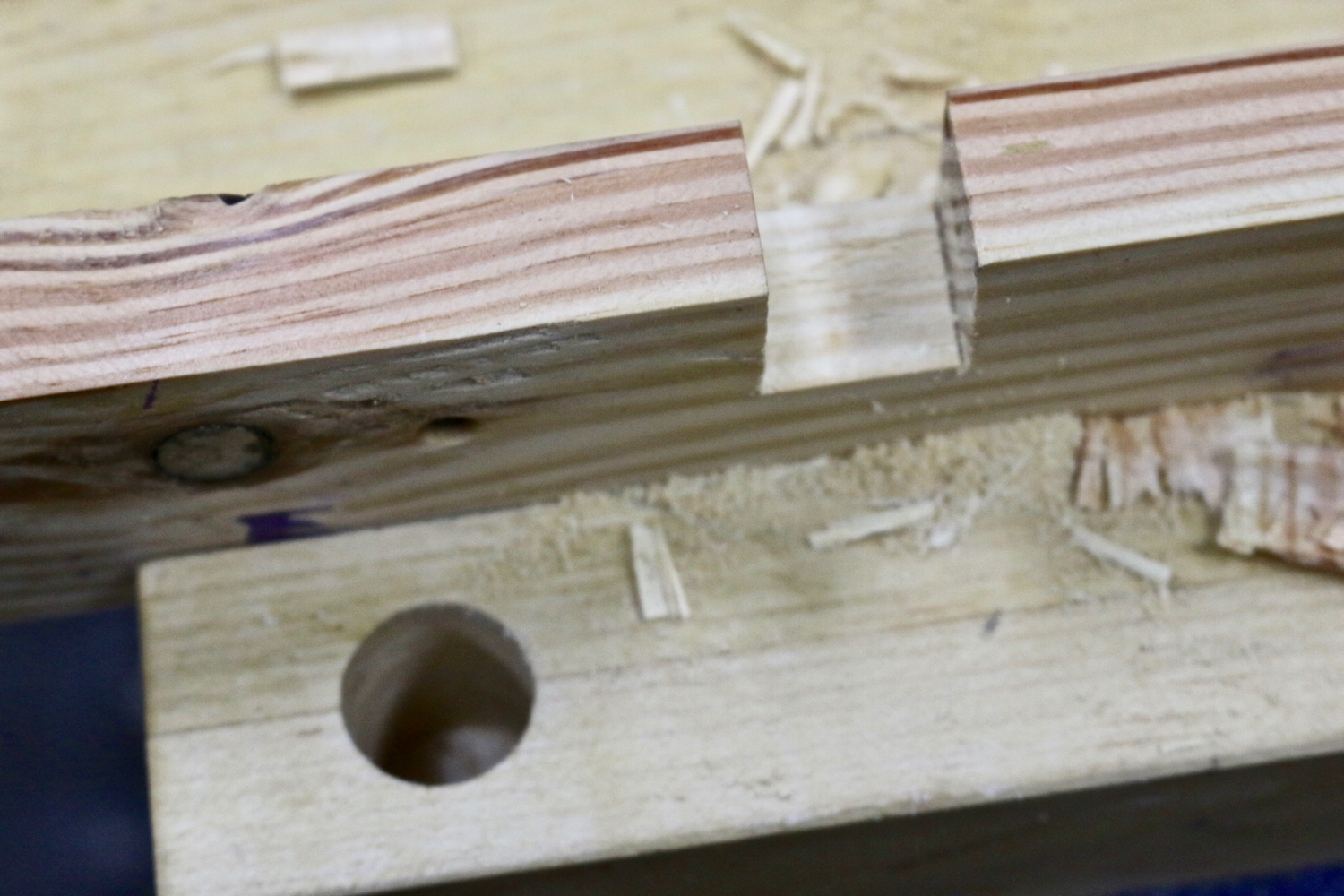
I then chiseled away the waste, and yes, this is NOT a dovetail. Now, let’s see how straight that line is.
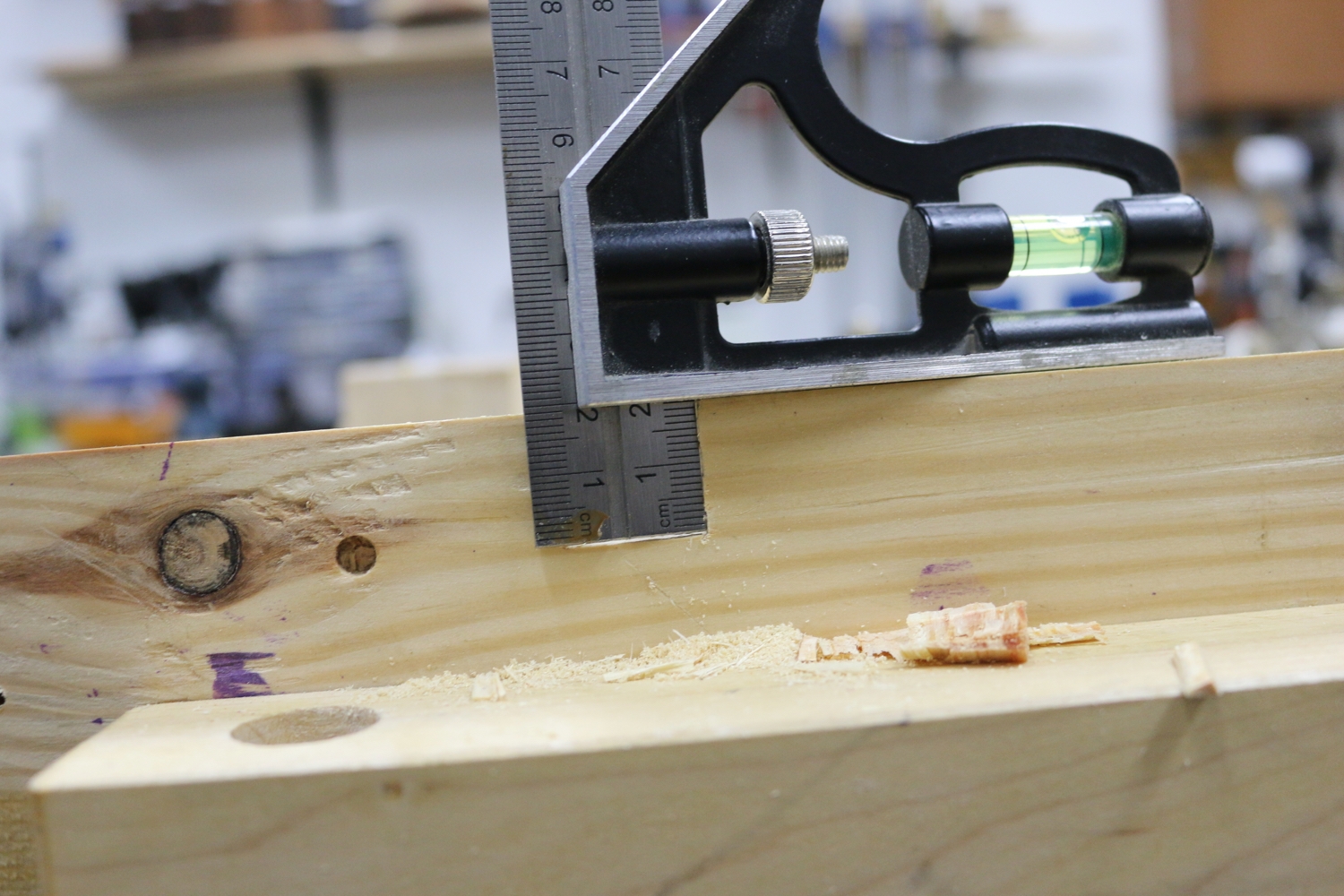
As it turned out, I got an almost perfectly square cut on my first try. Perhaps it was beginner’s luck, but then again, this is a simple straight cut. With the Ryoba, I’m pretty sure I would not have been able to get such a straight and clean cut.
So yes, this is no dovetail. I’ve been putting off making dovetails once again, but it’s coming, I promise you.
As I’m writing this, I need to pack up all my stuff and clean up. Thanks to COVID-19, I have to look for a cheaper place to rent.
After all, woodworking is a hobby for me right now. Other than selling some of my wood pens, I make no money from woodworking. Lowering my rental is the only way I can keep going with this hobby.
Don’t take my word for it, read more reviews on the Suizan Dozuki saw on Amazon and check out what other people have to say.



